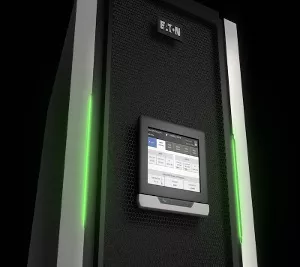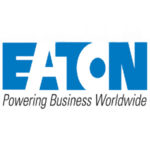A UPS system is a battery reserve operation for delicate electronic machines, for example, computers. There are a number of UPS (Uninterruptible Power Supplies) systems in the market.
They are classified according to the function they are expected to play in different applications.

1. Standby UPS systems
These are essentially used in home computers and for the desktops. Its qualities include protecting against a surge, backup for the battery and filtering power. In case of a power blackout, the system switches to the battery.
2. Line Interactive
This system can be likened to the standby system. The difference lies in the fact that this type of system has a more complex voltage control meant to manage over-voltage and sags without having to go to the battery. It is the UPS system used in computer equipment in majority cases.
3. True Online
This system, on the other hand, gives a comprehensive power shield. The system is frequently filtering and cleaning the incoming power. True Online presents immaculate power despite the incoming source of energy. For instance, the Eaton 93PM UPS consolidates exceptional efficiency. The True Online UPS is mostly applied in industrial applications, lab equipment, and computers. The Eaton 93PM UPS is also easy to manage since it comes with a three-phase space solution.
A UPS system is important in that it protects vital data. Therefore, it is essential that one gets a system that can offer the best services, which may revolve around the home office, network or data center. Some companies that trade in UPS system also have an extensive inventory to allow for quick shipment, sometimes as much as 225kVA.
Power management software allows one to manage their devices from one interface. All this can be made possible through integrating these devices into an existing program.
UPS systems allow one to regulate energy consumption and kWh. This information allows the client to know the amount of power being used and how this affects efficiency. Some UPS systems may be available between 20kW to 200kW. Some of these cool the OPEX through mechanisms that make it easy to manage and deploy. The deployment flexibility is meant to increase through innovative heat regulation choices, adjustable reconfigurability, and frontal access.
Be sure to get a system that gives you specific information on the interface and 24-hour remote monitoring. In other cases, the UPS will reduce the loss of data by automating smooth shutdown of devices during an elongated power interruption. UPS power protectors allow you to reboot equipment that is ‘hanging’.
Some of the machines apply what is described as the “watchdog function” to counter this challenge. To counter the loss of data, UPS systems may trigger the transfer of workload to a different site referred to as the recovery site. The software responsible is sometimes referred to as the recovery manager.
Clean energy is among the essential reasons to building a strong business. Power filters, surge protectors, and UPS systems assure you of clean power. They also protect critical equipment from energy problems related to surges, brownouts, electrical noise, and blackouts. To have the proper UPS for your location, you must understand power fundamentals.
Latest News
Did You Know?
Changing your UPS batteries every 4 years can prevent 90% of all UPS outages.
AC and DC capacitors have a shelf life and should be proactively changed every 8-10 years.
Adding a maintenance bypass to your UPS will allow for proper maintenance of your UPS and also re-route utility power




